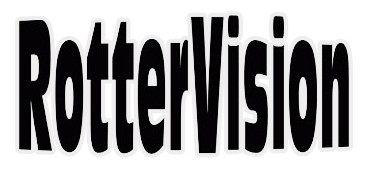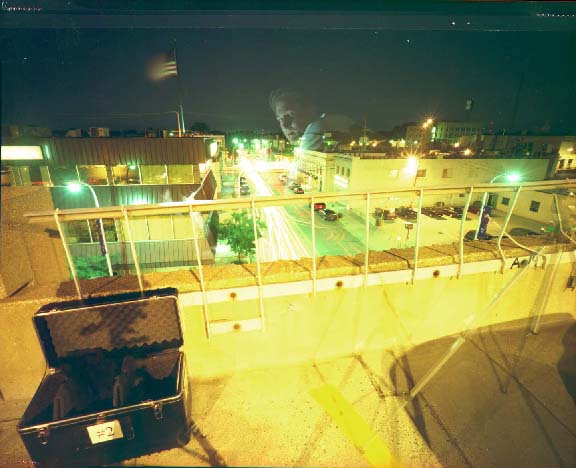Acing the “Recruiter Interview” – AKA: The Mandatory Eyeball Test
And, in pandemic, IS there a ‘Mandatory Eyeball Test’ anymore?
Book appointments with recruiters. Really. Reach out to them on LinkedIn or wherever, Try to batch them. Book several appointments on the same day. Recruiters don’t want to spend all day talking to you. They have their appointments set by the hour most likely. When booking, ask the recruiter: “How long should our appointment be? I’m planning the rest of my day.” This tells them, MY time is valuable too, and I have a meetings with OTHER recruiters. This also shows them that there is an urgency for THEM to place YOU.
Questions to ask recruiters:
What do you need from me, in order for you to place me?
Is there a Mandatory Eyeball Test?
Ask the recruiter: ‘What you should I bring? Driver’s License, Soc card, etc… and; Is there a form I could fill out at my home, and bring, instead of filling out at the recruitment company’s lobby, I have places to go. All recruiters will need your current resume at the very least. Some may also need to check the box that they have seen you in person and that they can confirm that you are not (or at least don’t present as) a jerk. I call this the ‘Mandatory Eyeball Test’. Recruiters may or may not be able to place you until they see you, based on that particular recruitment company’s policy. Ask them; ‘Is the Recruiter Interview 100% necessary?’ Can we do it over the phone instead? Ask the recruiter about parking, beforehand. Perhaps they could recommend a cheap parking solution or ideally, the recruitment company may be able to validate your parking.
So, if there is an eyeball test, ACE IT! Get a fresh haircut (and manicure?) Dry clean your best business suit. Update your resume, online and print. Shine your shoes. Have working live samples of your work, either online, or on a laptop that you can bring with you. Some recruiters may (still) actually REQUIRE that you have a resume in Microsoft Word. Just do it. Have it available online in PDF format for easy printing, but also make sure that the links within the pdf are live-links. Make sure your text is scannable. When you do a select all on the page, the text should all be selectable. Non-selectable text means that your resume is an image. The text is mashed into the background, and it’s not as easily read by large computer systems like Google. Your resume should be formatted 8.5:” x 11″ and it should print fine. Make sure your .pdf file is not bloated (over 500k. in file size.) I create pdf files from Adobe InDesign , and preserving the live-links is a feature of the pdf writing software in the Adobe Acrobat settings. – Printed resume: have some copies of it printed, on paper, in hand , you can even buy specialty paper that aren’t too expensive, or old time-ey watermarked paper is nice too. But regular copy paper is certainly good enough. I think that recruiters may scan them to .pdf (then pitch them.) Make sure your resume is OCR, Optical Character Recognition, friendly. Don’t have graphic elements, gradients, backgrounds, or ANY images, unless you are specifically marketing yourself in design.
Market yourself. What are you best at? What are you seeking? What are the tools you use? Use the commonly accepted terms, as keywords. For example; are you “Full Stack Web Developer” say it, and describe why you are. – Print 100 (temporary, job seeking/networking) business cards on demand , carry a short stack in your wallet, have them on you whenever you leave the house – and always have them on you, just in case. Print these cards on regular business card stock. FedEx/Kinkos, Staples, Office Max… these companies do printing on demand. I recently printed 100 full color business cards on regular card stock for $10. They look just fine.
I would definitely (continue to) apply at the “listed” job openings, on the large job hunting portals like InDeed. These postings are going to be inundated with applicants. The more creative, and deeper you go to search out opportunities, the better chance you have. Go to your own social media. Post who you are, what you are capable of doing, and what are looking for. You might find someone that you know is looking for someone with your skills. I would also target places that I like, that are within 30 miles of where I live. Do I have a LinkedIn connection that works there? Reach out. It’s free. Look for your former competitors of where you have worked. You can leverage your own background. Use content rich keywords. For me, it’s: Industrial B2B Front End Web Design and Development, Adobe Creative Suite, InDesign, Photoshop, Illustrator, Industrial B2B E-Commerce, Catalogs, Schematics, WordPress, Yoast
So, you made it to the recruiter interview. Introduce yourself at the desk. Be nice. Smile. Make small talk if prompted. If they make you wait, be patient. They are trying to help you. Have your portfolio in your bag. Carry a printed resume, with your business card paper clipped to it, in hand.
PRO TIP: If they want to introduce you to another recruiter “real quick”, do it. Now you have 2 boxes checked, and may have cast your net twice as wide.
Soft Skills
When they ask you “How are you?” You can respond “I’m fine. How are YOU doing today?” The Soft skills are very important. People want to work with other people that are competent and not jerks. Be yourself. Or, if you ARE a jerk, don’t be yourself.
After the Interview
Follow up. Ask them, Now do you have everything you need to place me? What Can I do now? Send them a thank you email, or a thank you note in the mail. It’s the little things that may or may not differentiate you form the herd. Do all the little things. All the time.
Mostly, respect the other person. Respect that they have a job to do. Be as helpful as you can be. Be the kind of person that people want to work. Be a team player.

